Home>Articles>How To Choose The Right Size Board For Your Deck Floor
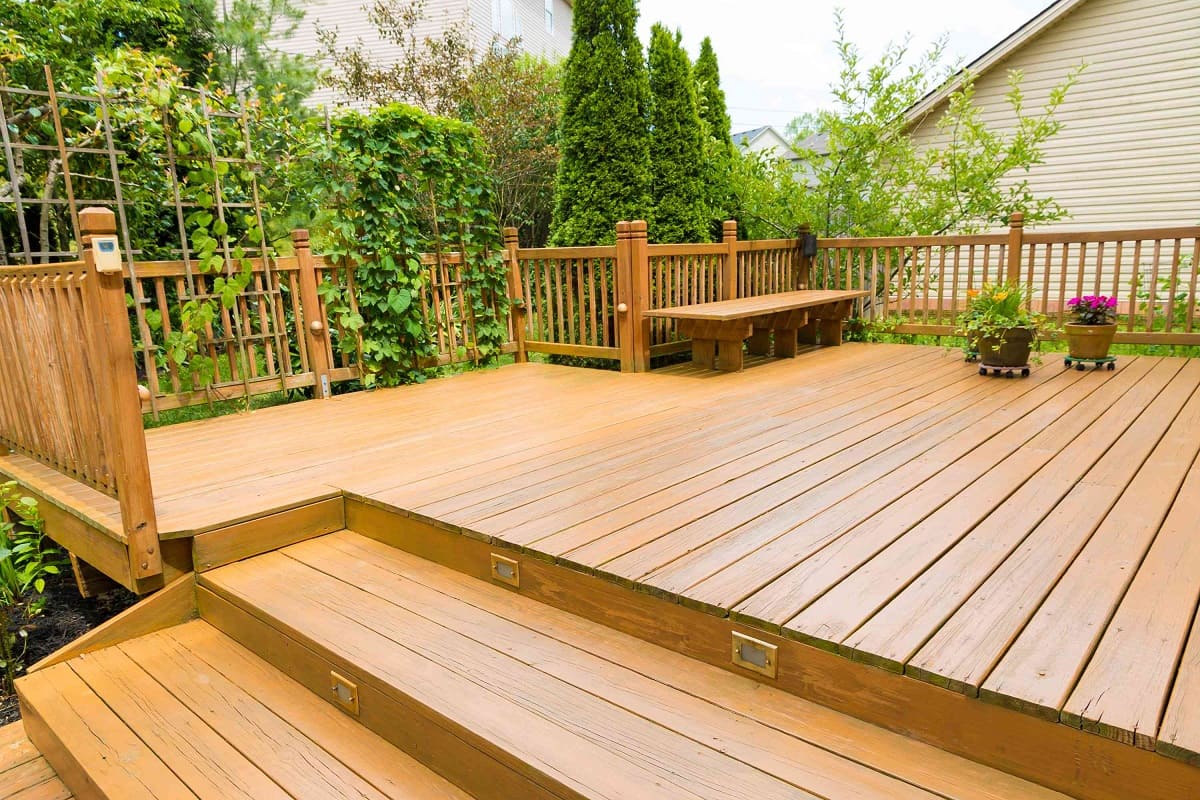

Articles
How To Choose The Right Size Board For Your Deck Floor
Modified: August 27, 2024
Learn about the recommended board sizes for your deck floor in our informative articles. Discover the best options to ensure a sturdy and visually appealing deck.
(Many of the links in this article redirect to a specific reviewed product. Your purchase of these products through affiliate links helps to generate commission for Storables.com, at no extra cost. Learn more)
Introduction
When it comes to building a deck, one of the crucial decisions you need to make is choosing the right size board for the deck floor. The size of the boards used will impact not only the structural integrity of your deck but also its overall aesthetics and functionality.
There are several factors to consider when selecting the size of the board for your deck floor, including the type of lumber available, the desired look and feel of the deck, and your personal preferences. By understanding these factors and making an informed decision, you can ensure that your deck floor is durable, visually appealing, and meets your specific needs.
In this article, we will explore the various factors you should consider when choosing the size of the board for your deck floor. We will discuss the different options available, including dimensional lumber, and weigh the pros and cons of using narrow and wide deck boards. Furthermore, we will provide helpful tips on how to determine the right board size and spacing for your deck, as well as how to install different board sizes effectively.
By the end of this article, you will have a clear understanding of the key considerations involved in choosing the right size board for your deck floor, allowing you to make an informed decision that will result in a beautiful and functional outdoor space.
Key Takeaways:
- Choose the right board size for your deck floor by considering structural needs, aesthetic preferences, and maintenance requirements. Balance stability, functionality, and budget to create a durable and visually appealing outdoor space.
- Whether opting for narrow or wide deck boards, weigh the pros and cons to align with your budget, maintenance capacity, and desired visual impact. Carefully plan board spacing, layout, and installation for a successful and attractive deck floor.
Factors to Consider when Choosing Board Size for Deck Floor
Choosing the right board size for your deck floor is essential to ensure its strength, stability, and visual appeal. Here are some key factors to consider when making this decision:
- Structural Considerations: One of the primary factors to consider is the structural integrity of your deck. The size of the boards will determine the load-bearing capacity of the deck and its ability to withstand weight and strain over time. Consult local building codes and regulations to determine the minimum requirements for board size and spacing in your area.
- Board Span: The span of the boards refers to the distance between supports, such as joists or beams. Longer boards may require additional support to prevent sagging or warping. Consider using larger, wider boards for longer spans and smaller boards for shorter spans.
- Deck Usage: Think about how you plan to use your deck. If you envision hosting large gatherings or parties, wider boards may be more suitable as they provide a more stable surface. Alternatively, if you prefer a more intimate space or have limited deck space, narrower boards may be sufficient.
- Aesthetic Appeal: The size of the boards can significantly impact the overall look and feel of your deck. Wide boards create a more substantial and contemporary appearance, while narrow boards can lend a more traditional or refined aesthetic. Consider the style and architectural features of your home to determine the board size that complements them.
- Maintenance and Longevity: Keep in mind that wider boards can be more prone to cupping, warping, and splitting. Narrower boards, on the other hand, may require more upkeep and may be more susceptible to rot and decay. Consider the level of maintenance you are willing to commit to and choose a board size that aligns with your preferences.
- Budget: Lastly, consider your budget when selecting the board size for your deck floor. Wider boards typically cost more than narrower ones, so factor in the cost of materials and installation when making your decision.
By carefully considering these factors, you can choose the right board size for your deck floor that balances structural integrity, functionality, visual appeal, and budget.
Dimensional Lumber Options for Deck Boards
When it comes to choosing the right size board for your deck floor, dimensional lumber offers a range of options to consider. Dimensional lumber refers to wood boards that have been precisely milled and cut to standardized sizes. Here are some common options for dimensional lumber for deck boards:
- 2×4: A 2×4 board, typically measuring 1.5 inches by 3.5 inches, is a versatile option for deck boards. It provides a sturdy surface and is often used for the structural framework of the deck. However, if used solely for deck boards, it may result in a less substantial appearance due to its narrower width.
- 2×6: A 2×6 board, measuring 1.5 inches by 5.5 inches, is a popular choice for deck boards. It offers a wider surface, providing both visual appeal and stability. 2×6 boards are often used for decks that will be subjected to heavy foot traffic or furniture placement.
- 5/4×6: The term “5/4×6” refers to a board that is approximately 1 inch thick and 5.5 inches wide. It provides a slightly thicker and more substantial appearance compared to a 2×6 board. This option is commonly used for deck boards and provides a good balance between cost, visual appeal, and durability.
- 2×8 and Beyond: For deck owners looking for a more substantial and robust appearance, options like 2×8, 2×10, or even larger boards can be considered. These boards offer greater stability and can create a bold and eye-catching deck design. However, they may also come at a higher cost.
When choosing dimensional lumber for your deck boards, it’s important to keep in mind the considerations mentioned earlier. Consider the span of your deck, the desired aesthetic appeal, the level of maintenance required, and your budget. Additionally, it’s crucial to ensure that the lumber you choose is suitable for outdoor use and has undergone pressure treatment to resist decay, insect infestation, and rot.
By evaluating the various options and considering your specific requirements, you can select the dimensional lumber that best meets your preferences and creates a strong and visually appealing deck floor.
Pros and Cons of Using Narrow Deck Boards
Using narrow deck boards comes with its own set of advantages and disadvantages. Let’s explore the pros and cons of opting for narrow deck boards:
Pros:
- Cost-effective: Narrow deck boards are typically more affordable compared to wider boards. If you have a budget constraint or a large deck area to cover, using narrow boards can be a cost-effective option.
- Less prone to cupping and warping: Narrow boards are less prone to cupping and warping, as they have less surface area and are better able to distribute moisture evenly. This can result in a more stable and durable deck floor over time.
- Easier to handle and install: Narrow boards are lighter and easier to handle during installation. They are also easier to cut and maneuver, which can save time and effort during the construction process.
- A traditional and refined aesthetic: Narrow deck boards can lend a traditional and refined aesthetic to your outdoor space. They evoke a classic look, which can work well with certain architectural styles or complement the overall design of your home.
- Less maintenance required: Due to their smaller size, narrow deck boards require less maintenance compared to wider boards. This can save you time and effort in terms of cleaning, staining, and sealing the deck surface.
Cons:
- Less stability: Narrow deck boards may be less stable compared to wider boards, especially for longer spans. They may be more prone to flexing, sagging, or feeling less solid underfoot. Additional supports, such as joists or beams, may be required to ensure sufficient stability.
- Less visual impact: If you desire a deck with a bold and substantial visual impact, narrow boards may fall short. The narrower width may result in a less dramatic and eye-catching appearance, especially if you have a large deck area to cover.
- Limitations for heavy furniture: If you plan to place heavy furniture or objects on your deck, narrow boards may not provide enough stability or support. Wide boards are generally better suited for handling heavier loads.
- More seams and joints: Using narrow deck boards can result in more seams and joints on the deck floor. This can impact the overall aesthetics and may require more attention to detail during the installation process to ensure a seamless and visually pleasing look.
Considering these pros and cons will help you determine if narrow deck boards are the right choice for your specific needs and preferences. Assess the trade-offs in terms of appearance, stability, maintenance, and budget to make an informed decision.
Pros and Cons of Using Wide Deck Boards
Using wide deck boards can offer unique advantages and disadvantages. Let’s delve into the pros and cons of opting for wide deck boards:
Pros:
- Enhanced visual appeal: Wide deck boards create a bold and substantial visual impact. They provide a more contemporary and modern look, making a strong statement in your outdoor space. If you want a deck that stands out and grabs attention, wide boards can deliver.
- Increased stability and structural integrity: Wide boards offer improved stability, especially for longer spans. They are better able to distribute weight and provide a solid and stable surface. This makes them ideal for hosting gatherings or placing heavy furniture on your deck.
- Reduced number of seams and joints: Using wide deck boards means fewer seams and joints on your deck floor. This can result in a cleaner and more seamless appearance, as well as reduce the chances of debris accumulation or water penetration at the seams.
- Time-saving installation: Installing wide deck boards can be more efficient, as fewer boards need to be laid to cover a given area. This can save time and effort during the installation process, allowing you to complete your deck project more quickly.
- Diverse design possibilities: Wide deck boards offer more design possibilities and flexibility. They can be used to create intricate patterns or unique arrangements, such as herringbone or diagonal patterns, adding visual interest and a personalized touch to your deck.
Cons:
- Higher cost: Wide deck boards typically come at a higher cost compared to narrower options. If you have a limited budget, using wide boards may require careful consideration of your financial resources.
- Increased maintenance: Wide boards may require more maintenance compared to narrow boards. They can be more prone to cupping, warping, and splitting, especially if not properly maintained. Regular cleaning, staining, and sealing are essential to ensure their longevity and visual appeal.
- Heavier and harder to handle: Wide boards are heavier and more challenging to handle during installation compared to narrow boards. They may require additional manpower or equipment to transport and position, making the installation process more labor-intensive.
- Limited availability: Depending on your location and supplier, wide deck boards may be less readily available compared to narrower options. This can limit your choices or potentially increase the lead time for sourcing the materials.
- Potential waste: Using wide boards may result in more waste material during the installation process. If the dimensions of your deck do not align well with the width of the wide boards, you may need to cut them down, leading to excess material that could go to waste.
Weighing these pros and cons will help you determine if wide deck boards align with your desired aesthetic, budget, maintenance preferences, and overall project requirements. Consider the visual impact, stability, installation considerations, and additional cost implications before making your decision.
When choosing the size of the board for your deck floor, consider using 2×6 or 5/4×6 boards for better stability and durability. Thicker boards are less likely to warp and can support heavier loads.
Read more: What Size Are Decking Boards
How to Determine the Right Board Size for Your Deck Floor
Choosing the right board size for your deck floor is crucial for ensuring its durability, stability, and overall functionality. Here are some steps to help you determine the appropriate board size:
- Evaluate the deck’s purpose: Consider how you plan to use your deck. Will it primarily serve as a space for relaxing and entertaining, or will heavy furniture, such as dining sets or grills, be placed on it? If you envision frequent use or heavier loads, wider boards may offer better stability and weight-bearing capabilities.
- Assess deck span and support structure: Evaluate the span of your deck – the distance between supports, such as joists or beams. Longer spans require wider boards to prevent sagging and ensure structural integrity. Consult local building codes to determine the minimum requirements for board size and spacing in your area.
- Consider aesthetic preferences: Think about the desired look and feel of your deck. Do you prefer a traditional, refined appearance or a bold and modern aesthetic? Narrower boards can create a classic appeal, while wider boards make a bolder statement. Take into account the architectural style of your home and surrounding landscape to choose a board size that complements the overall design.
- Factor in maintenance: Consider the level of maintenance you are willing to commit to. Narrower boards generally require less maintenance, as they are less prone to cupping and warping. However, wider boards may provide better resistance to heavy foot traffic and furniture placement. Take into account the time and effort you are willing to invest in cleaning, staining, and sealing your deck.
- Balance budget and material cost: Take your budget into account when selecting board size. Wider boards usually come at a higher cost compared to narrower options. Evaluate the cost of materials and installation to ensure that your board size selection aligns with your financial resources.
- Consult with professionals: Seek advice from deck builders or experts who can provide insights and recommendations based on your specific requirements. Professionals will consider factors such as local climate, deck layout, and personal preferences to guide you towards the right board size for your deck floor.
By following these steps and carefully considering the purpose, span, aesthetics, maintenance, budget, and expert advice, you can make an informed decision about the board size that will best suit your deck and meet your needs. Remember to prioritize stability, functionality, and your personal preferences when making this important choice.
Considerations for Board Spacing and Deck Layout
When planning your deck, it’s crucial to consider board spacing and deck layout to ensure proper installation and optimize the overall functionality and aesthetic appeal. Here are some key considerations for board spacing and deck layout:
- Board spacing: Proper board spacing is important to allow for water drainage, prevent moisture buildup, and minimize the risk of rot or decay. The spacing between deck boards will depend on the type of material used, local climate, and personal preference. Generally, a spacing of 1/8 to 1/4 inch is recommended for wood decking, while composite or PVC boards may require larger spacing due to their expansion and contraction properties.
- Decking orientation: Determine the orientation of the deck boards, whether they will be installed parallel or perpendicular to the primary support beams or joists. Parallel installation tends to be more common as it creates a visually pleasing flow, while perpendicular installation may be necessary for certain board sizes or specific design patterns.
- Pattern options: Explore different deck board patterns to add visual interest to your deck. Patterns like herringbone, diagonal, or picture framing can create unique and eye-catching designs. Keep in mind that certain patterns may require additional framing or adjustments in board spacing and layout.
- Transition areas: Consider the transition areas between different deck levels or materials. If your deck has multiple levels or incorporates different decking materials, plan transitions carefully to ensure a seamless and smooth flow between sections. Transitions can be achieved through the use of borders, patterns, or contrasting colors.
- Staircase placement: If your deck includes stairs, carefully plan the placement and design of the staircase. Stairs should provide easy access and follow local building codes in terms of height, width, and tread depth. Consider the size and position of the stair treads and risers to ensure comfortable and safe navigation.
- Railing and baluster placement: Determine where to place railings and balusters on your deck for safety and code compliance. The spacing between balusters should adhere to local regulations to prevent small children or pets from getting through the openings. Consider the style and material of the railings and balusters to match the overall design of your deck.
- Functionality and traffic flow: Consider how you and your guests will move around the deck space. Optimize the deck layout to facilitate traffic flow and create functional areas for seating, dining, or other activities. Allow sufficient space for furniture placement and maneuverability while maintaining proper board spacing and structural support.
By carefully considering these factors and incorporating them into your deck planning, you can create an aesthetically pleasing, functional, and safe outdoor space. Don’t forget to consult local building codes and regulations to ensure compliance and enlist the help of professionals if needed.
Tips for Installing Different Board Sizes on Your Deck Floor
Installing different board sizes on your deck floor can add visual interest and create unique patterns. However, it’s important to follow some tips to ensure a successful installation. Here are some helpful tips for installing different board sizes on your deck floor:
- Plan the layout: Before starting the installation, plan the layout of your deck boards. Consider the desired pattern, the sizes of the boards, and how they will fit together. This will help you visualize the final result and ensure a smooth and cohesive look.
- Use a level surface: It’s crucial to have a level surface for proper board installation. Ensure that the underlying structure, including joists and beams, is properly leveled before installing the boards. This will help prevent any unevenness or warping in the deck surface.
- Sort and organize the boards: Sort the boards based on their sizes to streamline the installation process. Group the narrower boards and wider boards separately to easily identify and grab the right size as you progress with the installation.
- Start with a base row: Begin by installing a base row of boards. This row will serve as a reference point for the rest of the installation. Ensure that this row is straight, level, and properly secured to create a solid foundation for the remaining boards.
- Stagger the board joints: When installing boards of different sizes, it’s important to stagger the joints. This helps to distribute the load evenly and adds stability to the deck floor. Avoid aligning the joints of adjacent boards to prevent weak spots or potential issues with the deck’s structural integrity.
- Maintain consistent board spacing: Consistent board spacing is crucial for proper water drainage and to prevent any moisture-related issues. Use spacers or the appropriate tools to maintain a consistent gap between each board, ensuring proper airflow and preventing water buildup or debris accumulation.
- Secure boards properly: Use the appropriate fasteners and installation methods recommended for the specific board sizes you are working with. Follow the manufacturer’s guidelines to ensure secure and durable installation. Properly securing the boards will prevent any shifting, squeaking, or potential hazards.
- Regularly check for level and alignment: Throughout the installation process, regularly check for level and alignment. Use a level and a straight edge to ensure that the boards are installed correctly, maintaining a level and even deck surface.
- Trim as needed: Depending on the layout and design, you may need to trim some boards to fit specific areas or create intricate patterns. Take precise measurements and use appropriate cutting tools to ensure clean and accurate cuts.
- Consider professional assistance if needed: If you encounter any challenges or feel unsure about the installation process, consider seeking professional assistance. Deck builders or contractors have the expertise and experience to handle complex installations and ensure the best results.
By following these tips, you can confidently install different board sizes on your deck floor, creating an attractive and visually appealing outdoor space that reflects your unique style and preferences.
Conclusion
Choosing the right board size for your deck floor is a crucial decision that impacts the durability, stability, and overall look of your outdoor space. By considering factors such as structural requirements, deck usage, aesthetic preferences, maintenance needs, and budget constraints, you can make an informed choice that suits your specific needs and preferences.
Whether you opt for narrow deck boards or wide deck boards, each choice comes with its own set of pros and cons. Narrow boards can be cost-effective, easier to handle, and require less maintenance. On the other hand, wide boards offer enhanced visual appeal, increased stability, and greater design possibilities.
Additionally, considering board spacing and deck layout is important to ensure proper installation and optimize functionality. Proper board spacing allows for water drainage and prevents moisture-related issues, while thoughtful deck layout and patterns can add visual interest and create a cohesive design.
As you install different board sizes on your deck floor, it’s essential to plan the layout, establish a level surface, sort and organize the boards, stagger the joints, maintain consistent spacing, and secure the boards properly. Regularly checking for level and alignment and trimming boards as needed are also key steps to ensure a successful installation.
In conclusion, by taking into account these factors, considerations, and tips, you can confidently choose and install the right board sizes for your deck floor. This careful planning and attention to detail will result in a beautiful, functional, and long-lasting outdoor space where you can relax, entertain, and enjoy the great outdoors.
Frequently Asked Questions about How To Choose The Right Size Board For Your Deck Floor
Was this page helpful?
At Storables.com, we guarantee accurate and reliable information. Our content, validated by Expert Board Contributors, is crafted following stringent Editorial Policies. We're committed to providing you with well-researched, expert-backed insights for all your informational needs.
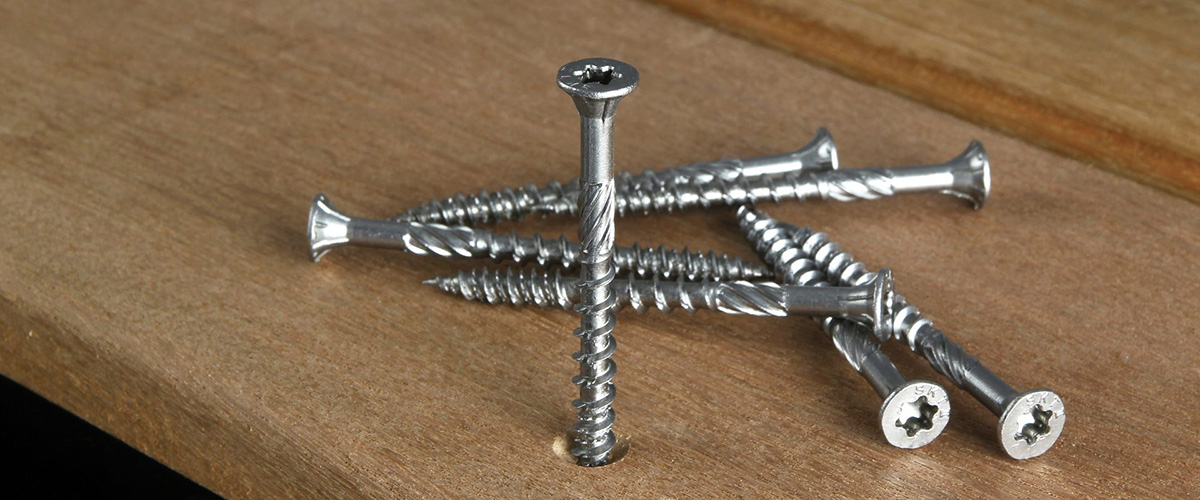

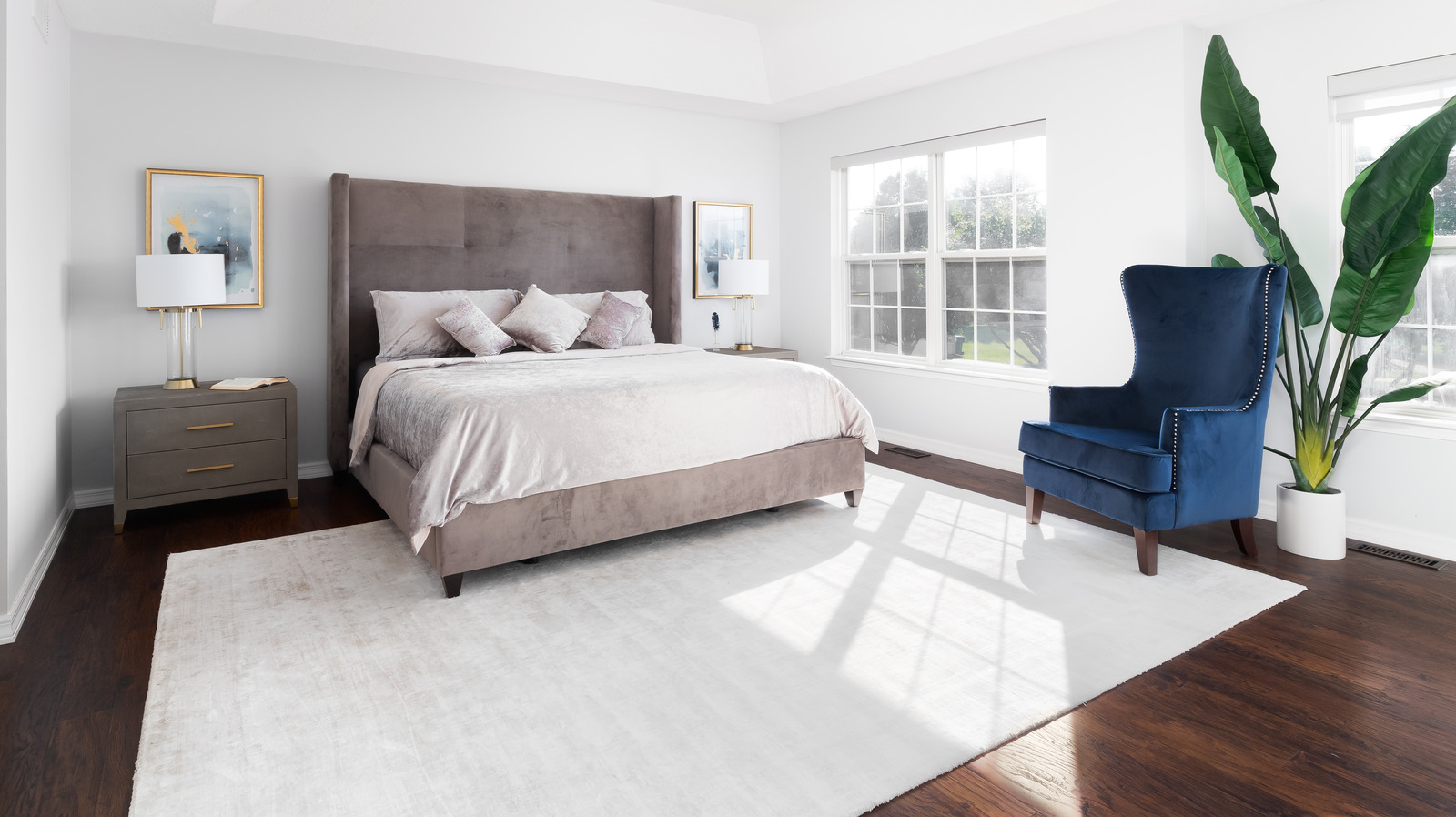
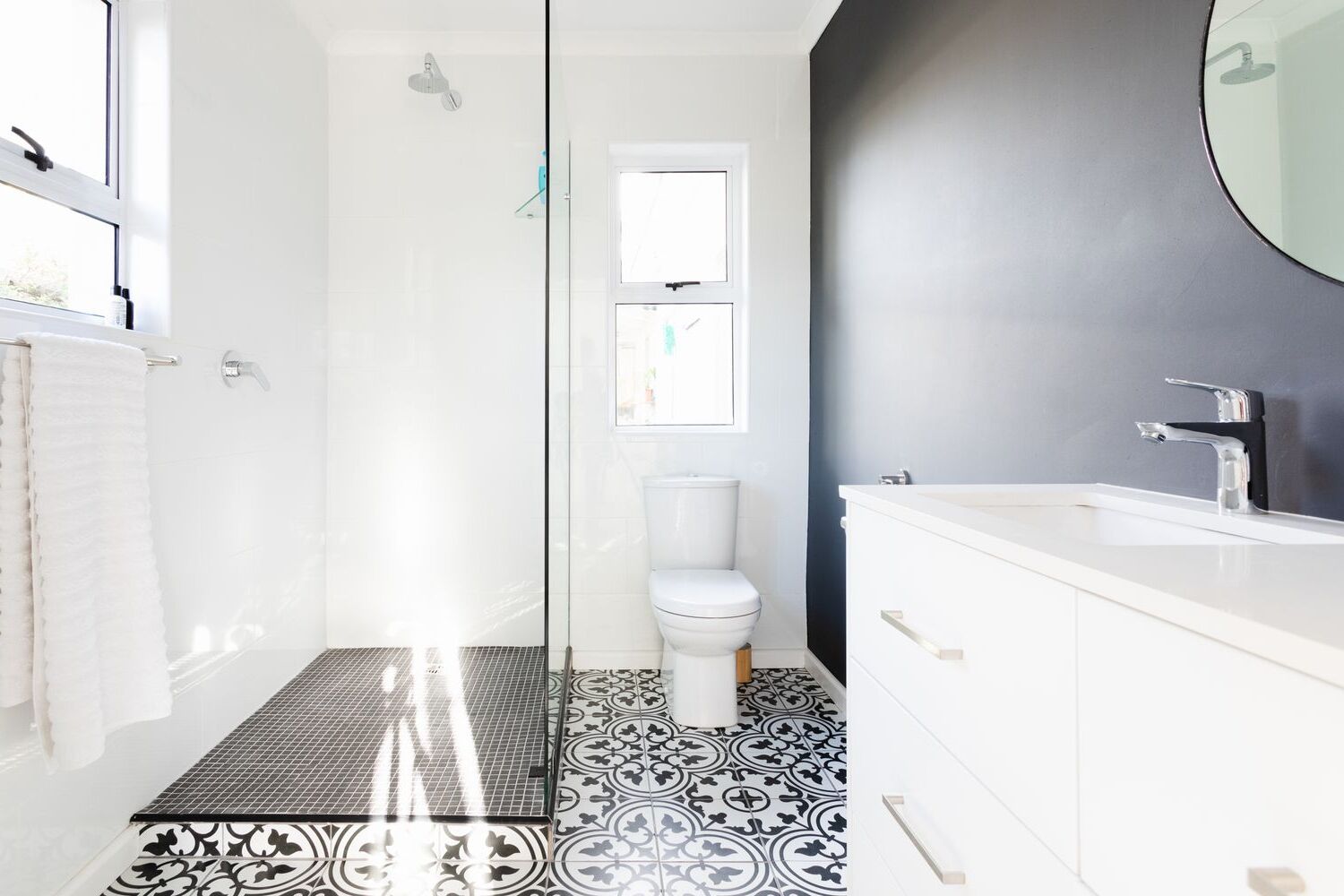
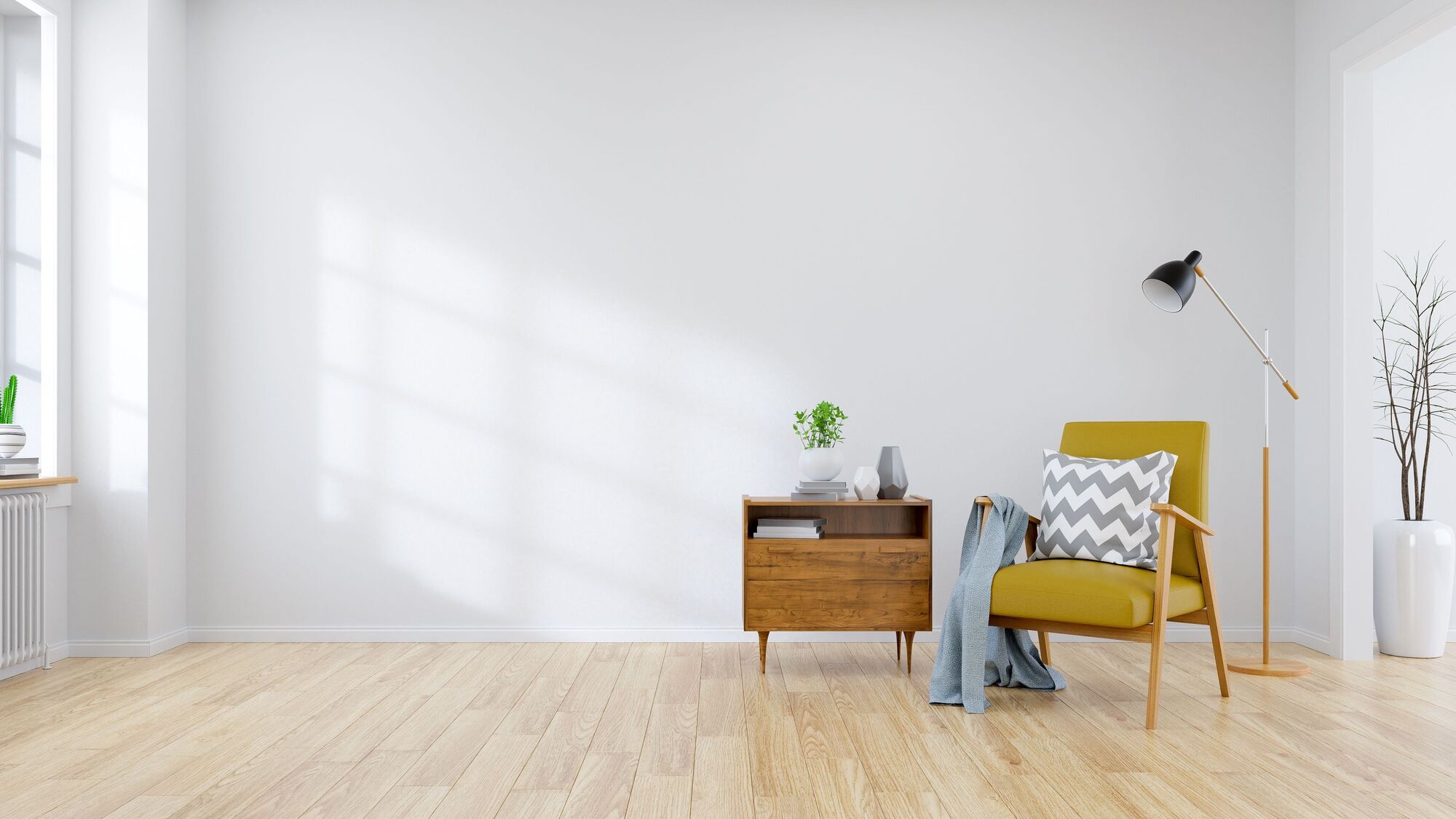
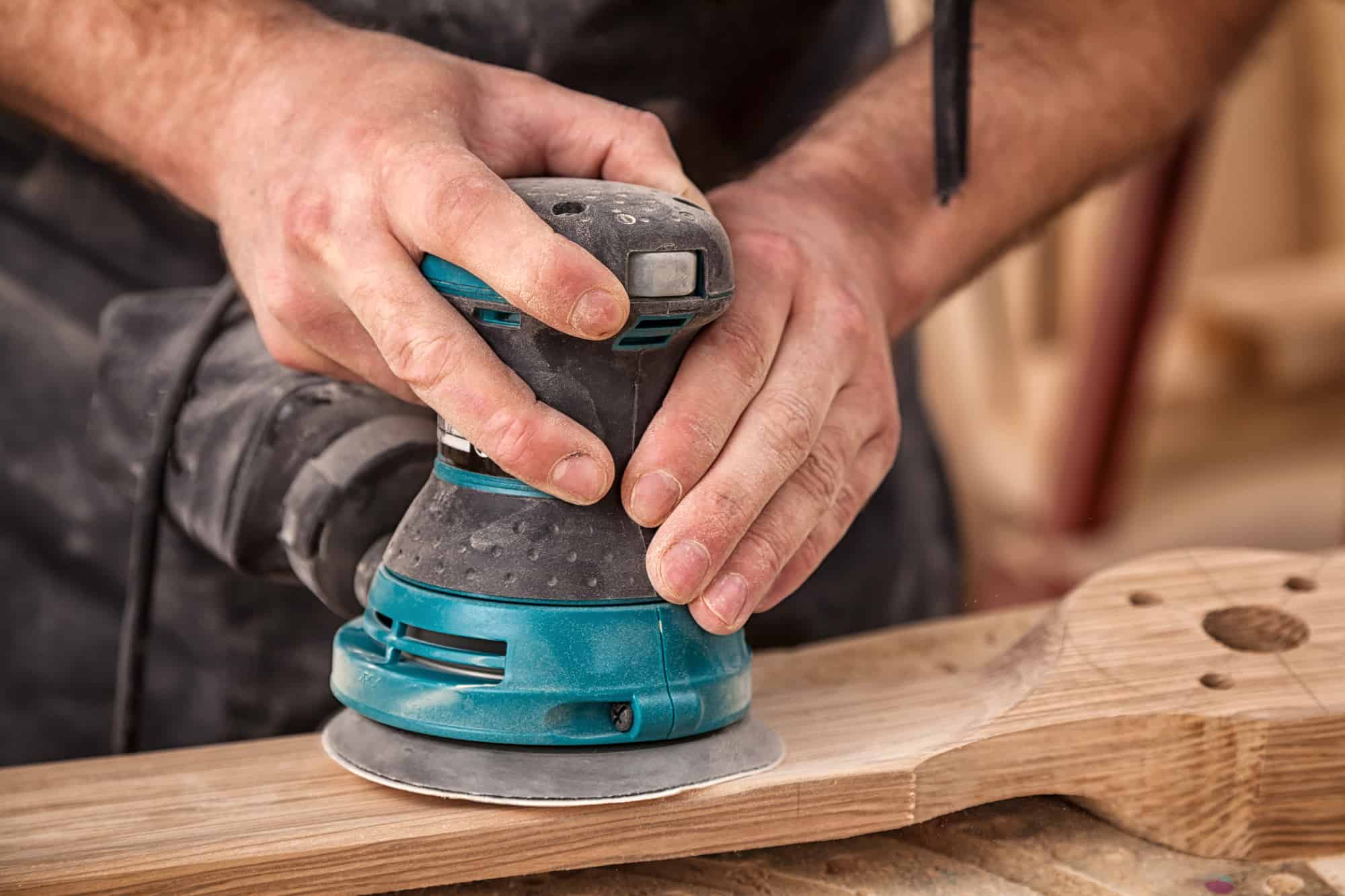
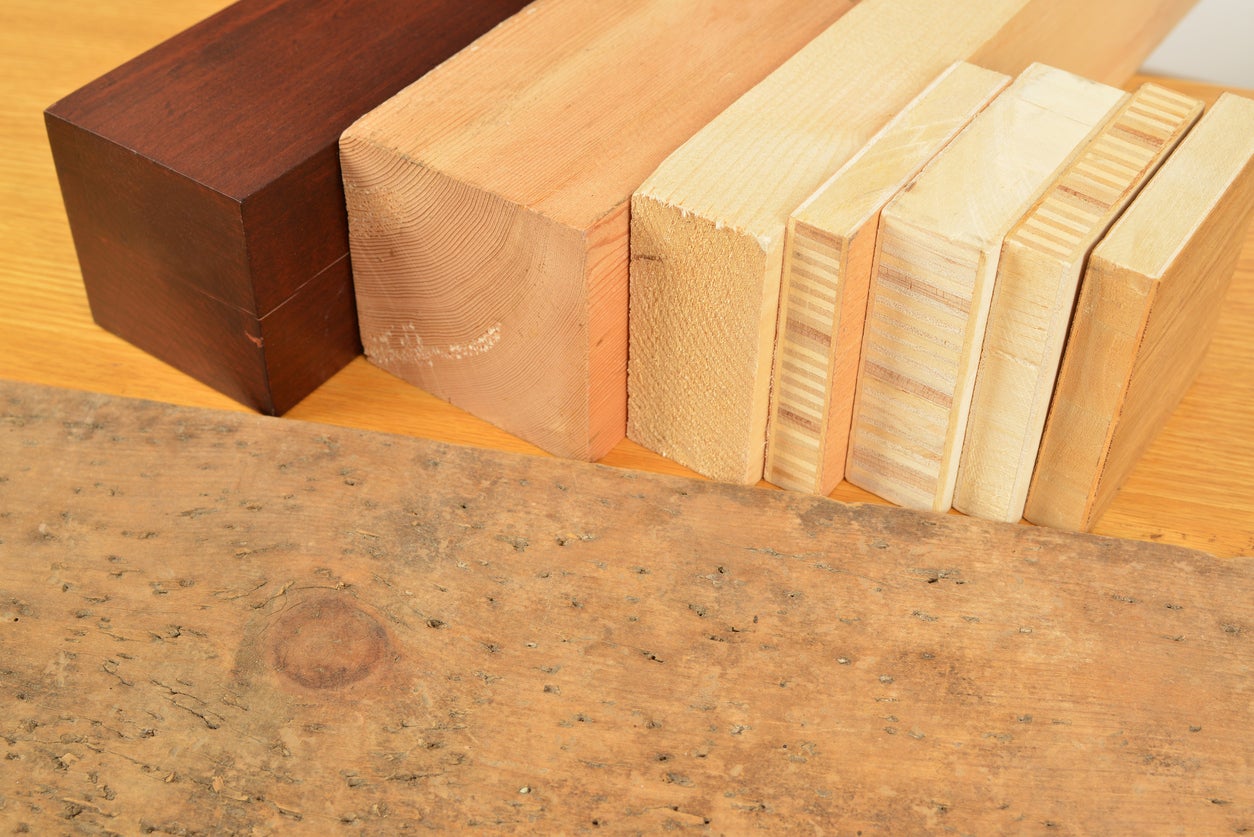
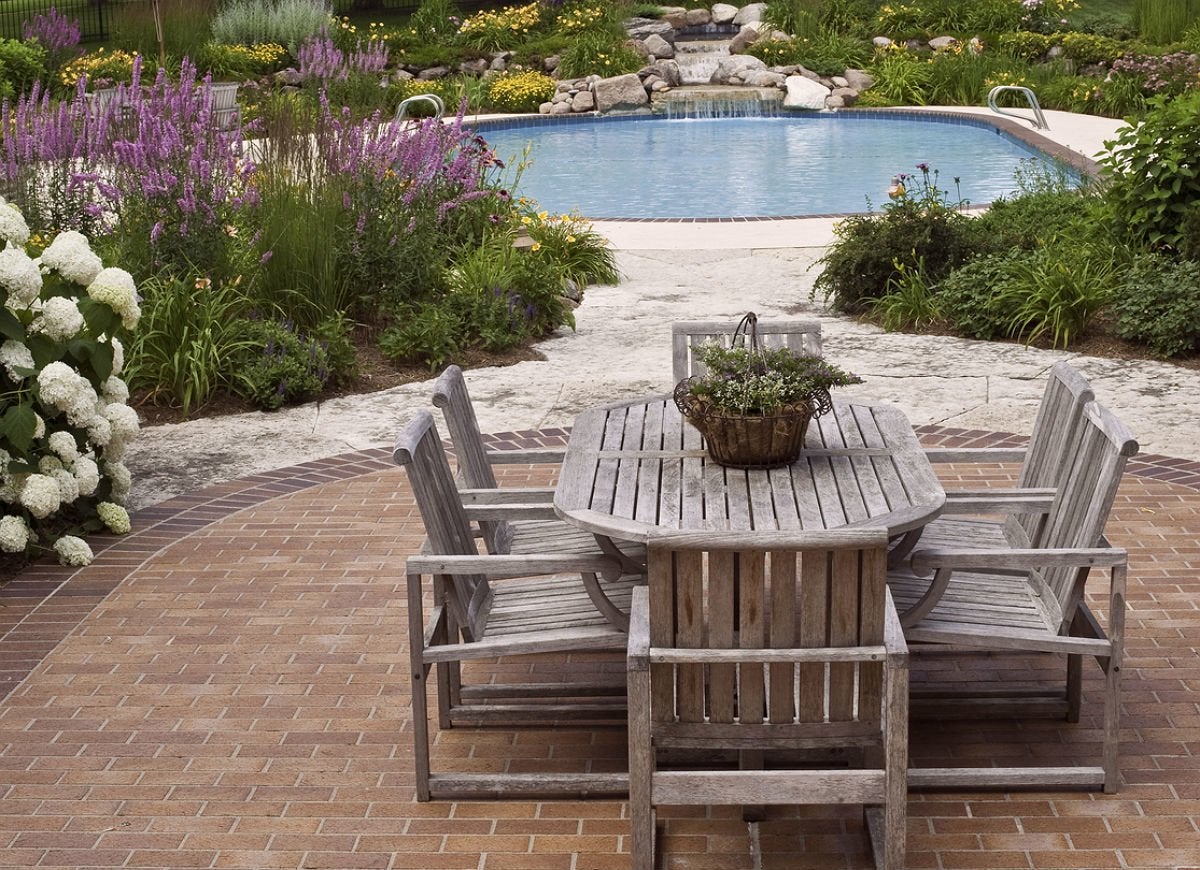
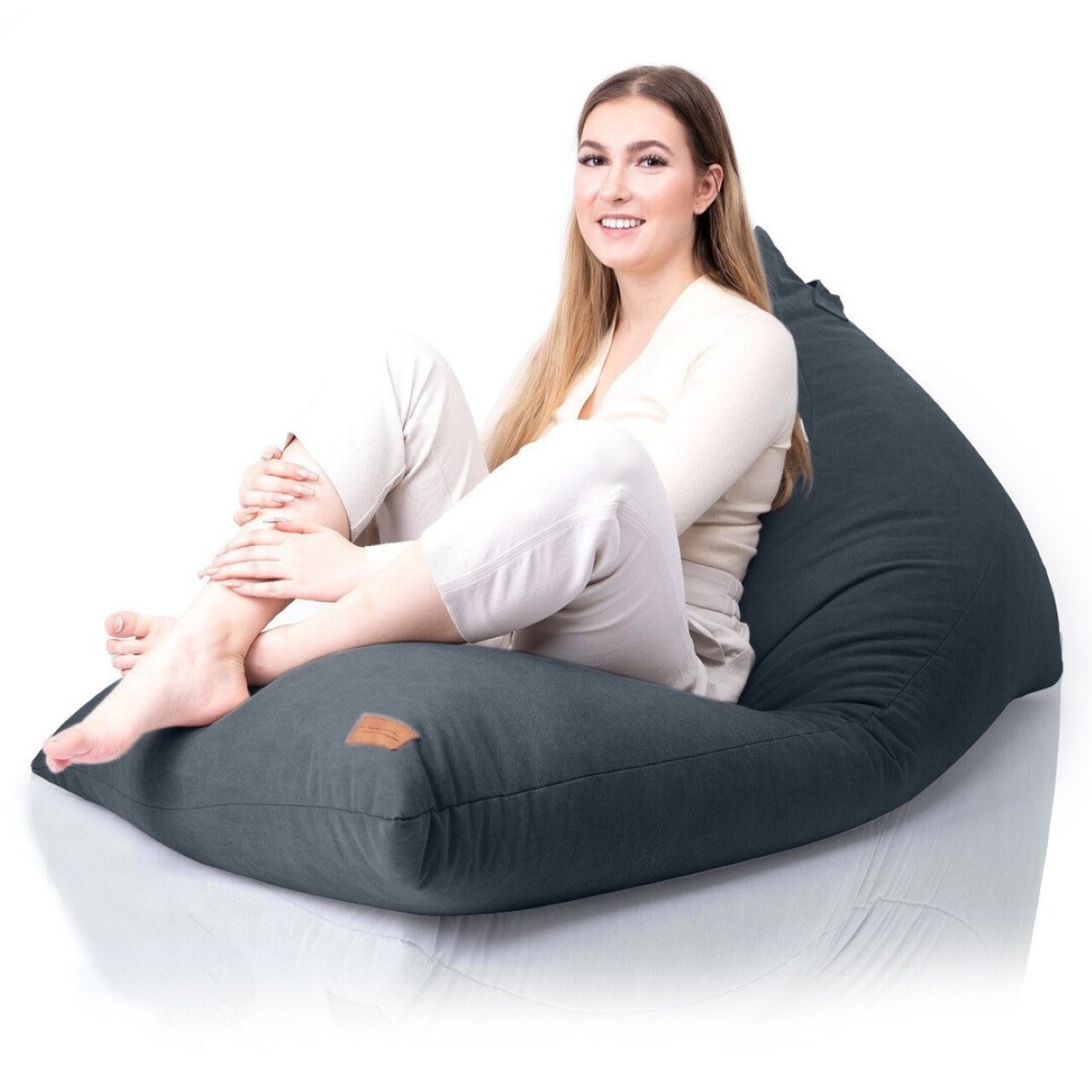
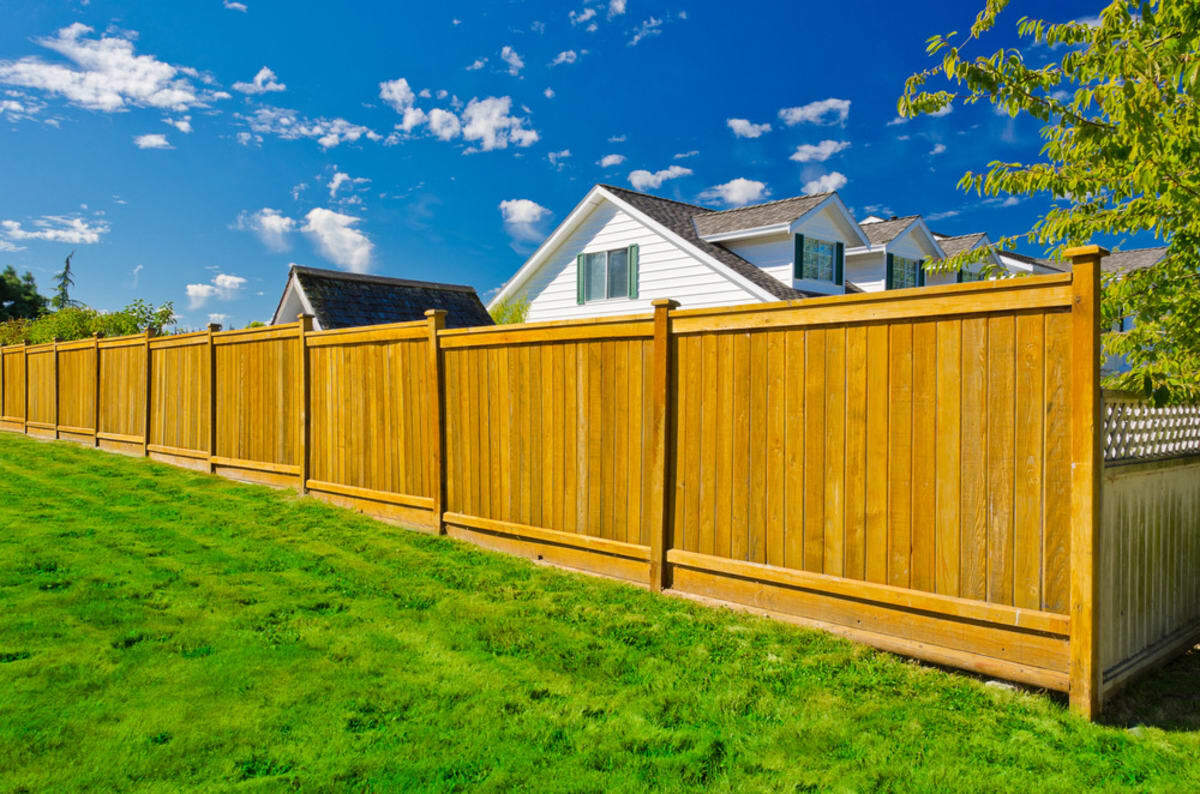
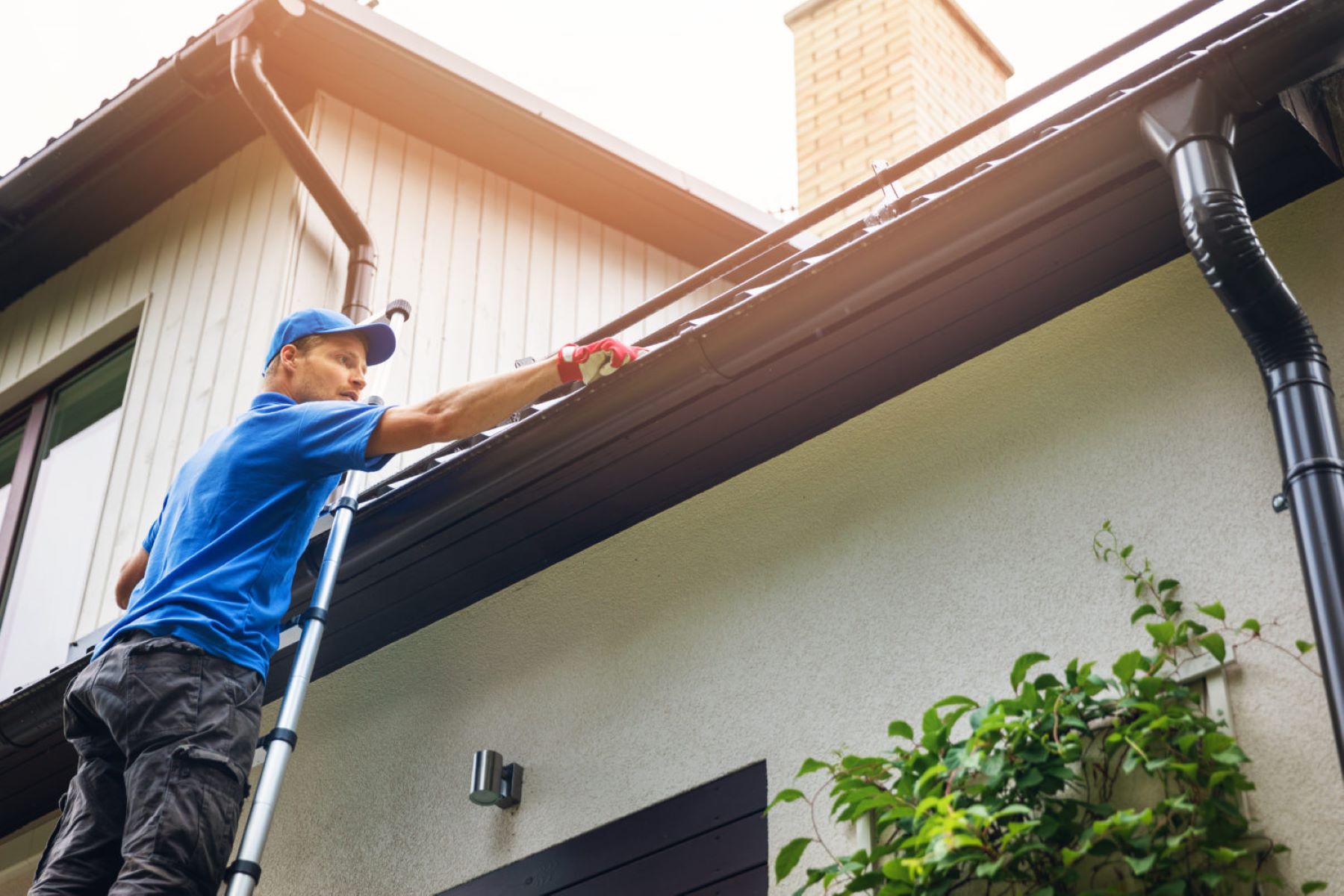

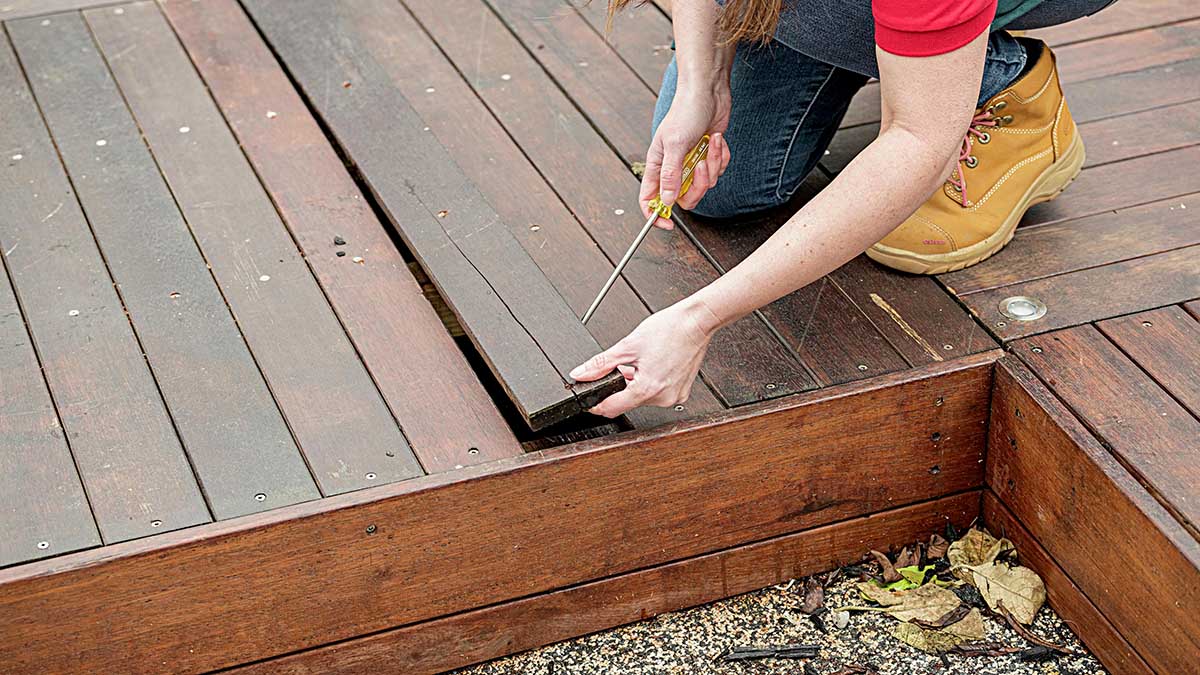
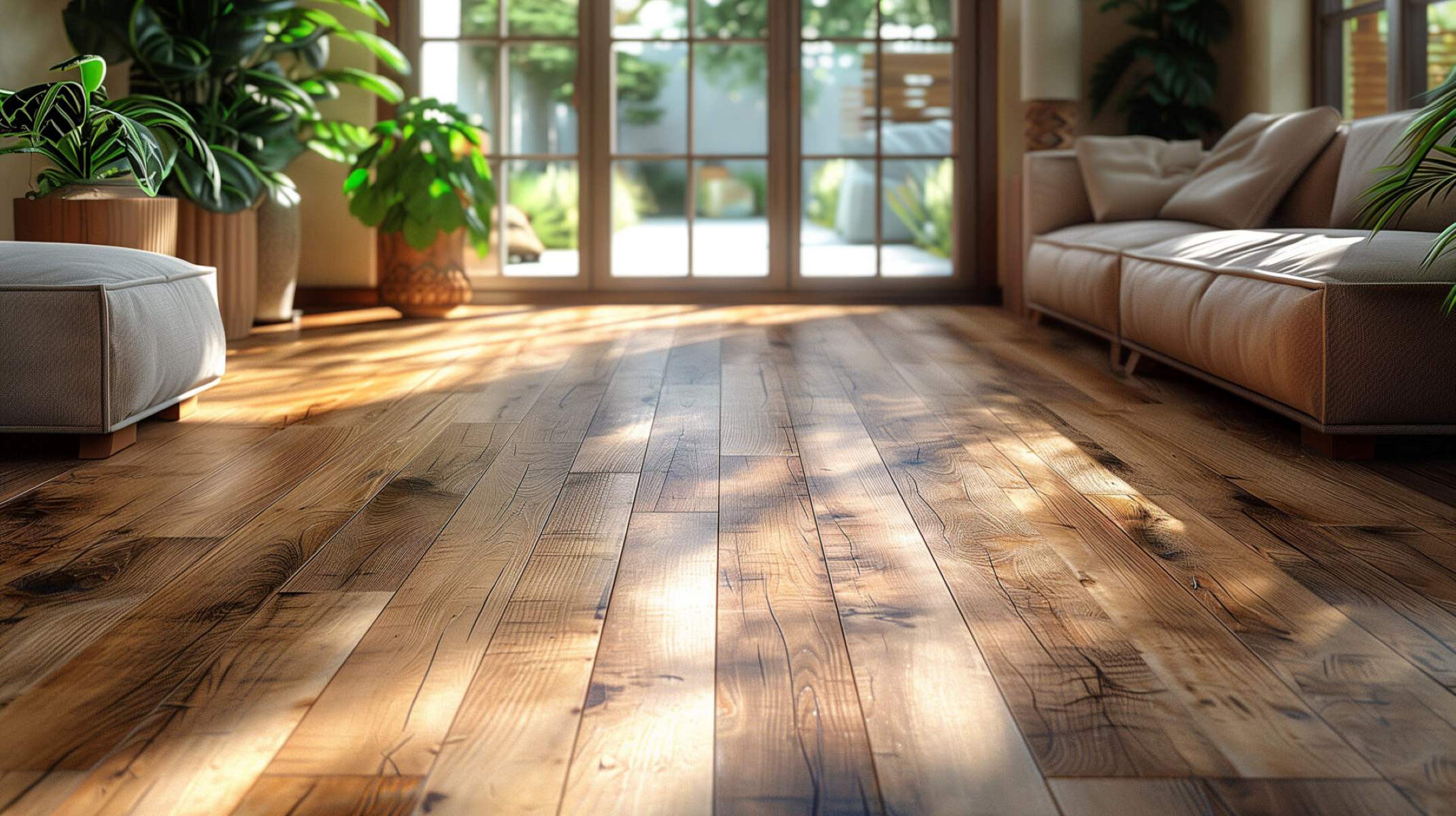

0 thoughts on “How To Choose The Right Size Board For Your Deck Floor”